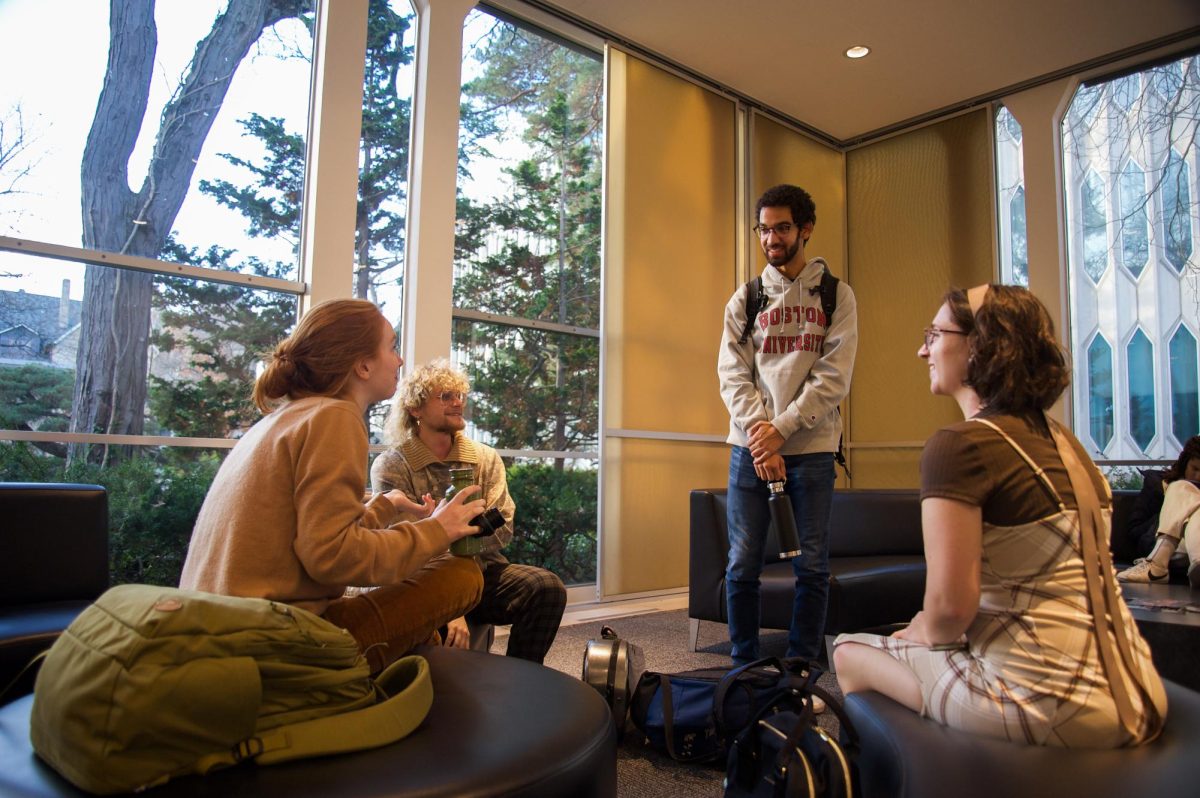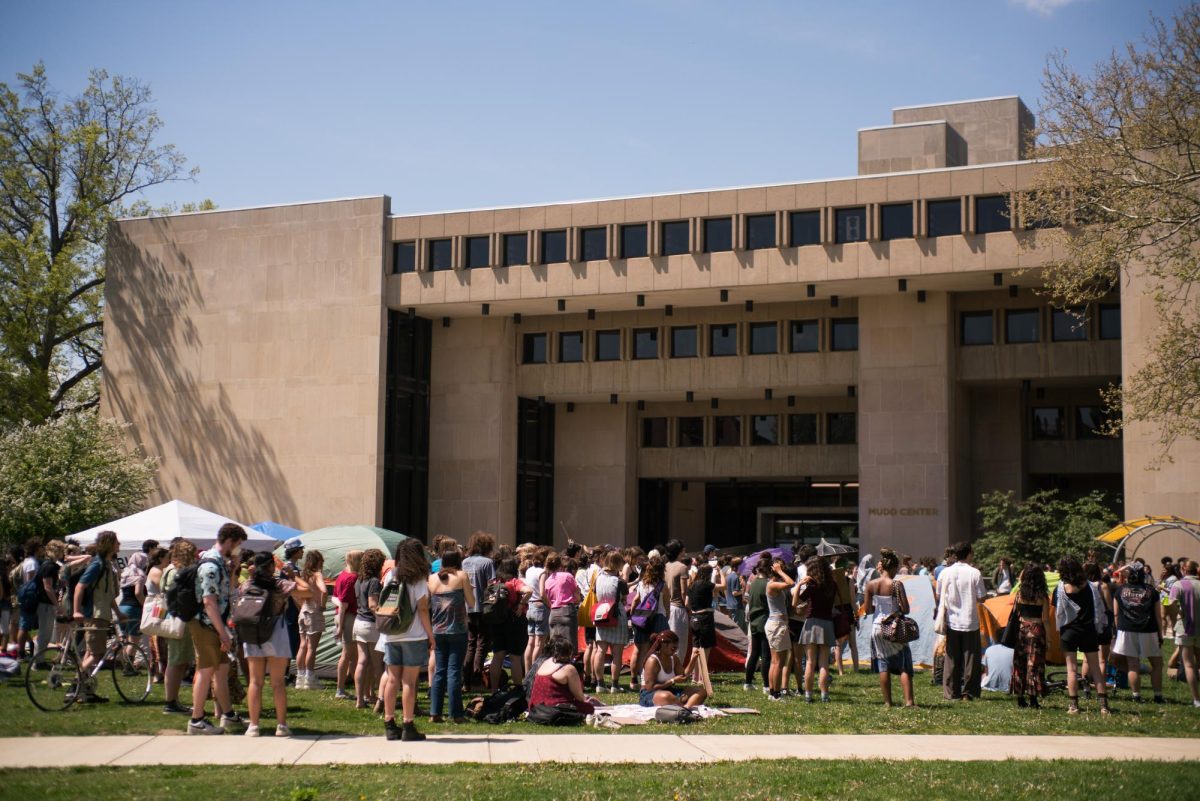I believe that I am inordinately adept at social interactions, and I enjoy when I get to stretch my proverbial legs within a conversation. I spent a good amount of time in middle school just trying to figure out how social relations and connections formed between other students. This is what led me to the fascinating realization that it is the little, random encounters which lead to relationships being developed. I ended up meeting one of my best friends back home only because we sat next to one another in high school. Many factors in our lives, like who we interact with and how, are changed drastically just by where we are at a given time, even down to the seemingly inconsequential decision of where to sit.
This concept of how randomness affects social interaction is crucial to understanding how people socialize and interact. It also may allow us to understand the recent epidemic of loneliness in the United States.“Young adults suffer high rates of both loneliness and anxiety and depression,” explains the Harvard Graduate School of Education in an article published with the Making Caring Common Project “According to a recent CDC survey, 63 percent of this age group are suffering significant symptoms of anxiety or depression.”
If I were to pinpoint a factor for this increase in loneliness and lack of mental well-being, I would put it squarely upon individual convenience and the design of modern society. Processes that promote individual convenience make time consuming tasks easier but, in doing so, often isolate us. An example of this would be driving a car as opposed to taking the train. When you drive, you operate as an individual. If you drive to work, it is unlikely that you will bump into another person and strike up a conversation during your commute, or even be in the vicinity of another person for an extended period of time. On the other hand, taking the train, or any other public transport, is communal. While on the train, you occupy the same space as strangers for an extended period of time. You are forced to have random interactions and, as such, are afforded more opportunities to be social.
This phenomenon can be seen clearly on campus. The places where the most interaction between strangers happens are gathering places like Wilder Hall or Mudd Center. I’ve noticed these communal spaces reduced this year. The new system in the Rathskeller is one example. Last year, students were forced to wait together in a physical line to order and receive their food. Now, you just order on the app. I met at least four people who I would now consider friends while waiting in line last year. This type of interaction can no longer occur.
If the number of people who congregate is reduced, less people interact by happenstance. I feel this type of interaction is vital to an interactive social landscape. I believe that such a landscape would entail an environment where people are constantly in the presence of others, which, by the nature of statistics and the aforementioned randomness, will have people interact, forming new ties and bonds.
If we were to incentivize these interactions and, more importantly, this kind of environment, then we would begin to see this epidemic of loneliness shrink. We can accomplish this by taking measures to make sure students have as many opportunities as possible to cross paths with one another. I propose that more action be taken by the College to incentivize students to leave their rooms, to go out in the world, and participate in events. Action does not need to be conducted by the College alone, as students play a crucial role in reviving our campus’s social atmosphere; this concept of randomness only works if there is someone to sit next to in the first place.
This is why I propose that the College should be allowing more freedom in the breadth of events possible on campus. This could be done by loosening the red tape involved with hosting an event and increasing awareness among students about how to host sevents. On the other hand, students should be working to bring their already planned events into the limelight and introduce new ones. To garner this amount of interest, I argue that outdoor events are crucial. The only places where students consistently need to go are to class and to buildings like Wilder or Mudd. However, once someone is inside of those buildings, they are less likely to get sidetracked by events. If you are walking through the hallway of King Building and someone is hosting a major event in a room, you most likely will not go in there. Hence, I believe that there should be outdoor stalls and other eye-catching affairs happening regularly. A prime example of what this could look like is the club fair earlier in the year. Personally, despite wanting to work on some homework in Mudd, I got sidetracked and ended up going from table to table, meeting people, and signing up for clubs that seemed interesting. Events like these pull people’s interest and allow for social connections to be formed. A large enough jumpstart, on both ends, from students and the College could begin a chain reaction, bringing more people out of their rooms into public spaces, creating more events and interactions, and bringing more people out. This could repeat and repeat until we have fully repaired our social ecosystem, bringing it back to where it once was, and maybe even beyond that.











